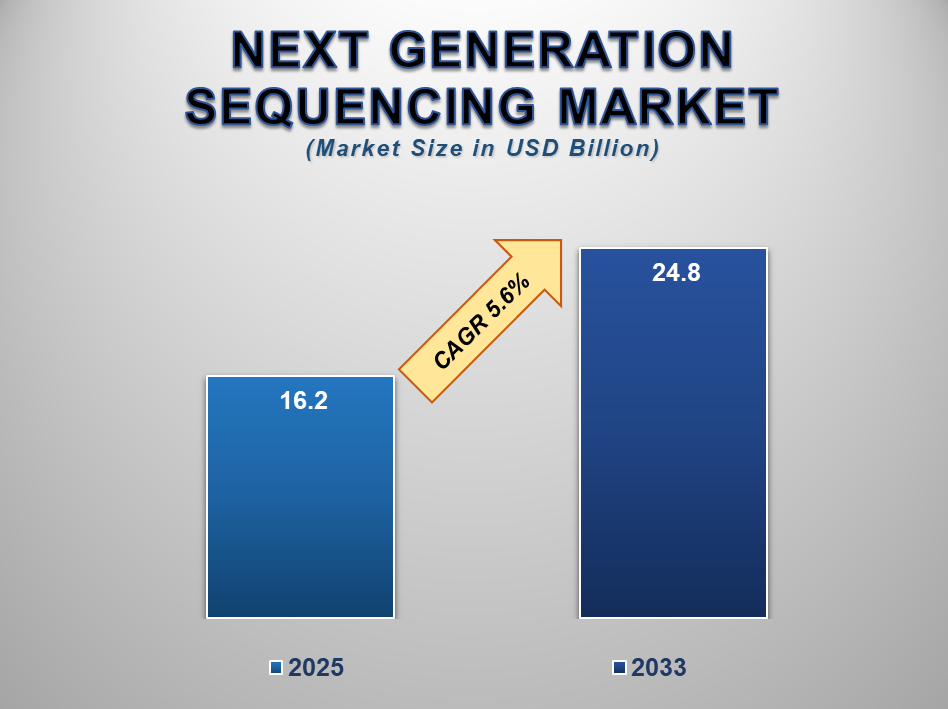Merchandise Planning Solutions: Streamlining Retail Success with Data-Driven Strategies
This is where merchandise planning solutions play a transformative role. These tools enable retailers to make informed decisions about product assortment, inventory levels, allocation, and pricing—ultimately driving sales, profitability, and customer satisfaction.
This article explores what merchandise planning solutions are, their components, benefits, challenges, and best practices for implementation.
What are Merchandise Planning Solutions?
Merchandise planning solutions are software platforms and analytical tools designed to help retailers manage and optimize their merchandise assortment, buying strategies, inventory levels, and pricing. These systems provide end-to-end visibility and decision-making support across the entire merchandising lifecycle.
Whether it’s forecasting demand, building seasonal assortment plans, or managing open-to-buy (OTB) budgets, merchandise planning solutions allow businesses to replace spreadsheets and manual guesswork with real-time, data-driven insights.
Core Functions of Merchandise Planning Solutions
Merchandise planning platforms often come with a range of integrated modules. The key functions include:
1. Sales Forecasting
Predict future sales based on historical data, trends, promotions, and external factors such as weather or economic indicators.
2. Assortment Planning
Define the optimal mix of products (SKUs) for each store, region, or channel, considering customer preferences, space constraints, and sales performance.
3. Open-to-Buy (OTB) Management
Monitor and manage the budget allocated for purchasing inventory within a given time period to avoid overbuying or stockouts.
4. Allocation and Replenishment
Determine how inventory should be initially distributed (allocation) and how it should be restocked over time (replenishment), based on real-time demand and sales velocity.
5. Markdown Optimization
Use analytics to identify the best timing and percentage for markdowns to clear excess inventory while protecting profit margins.
6. Financial Planning
Link merchandising plans with financial objectives, allowing planners to build bottom-up or top-down plans aligned with revenue and margin targets.
Benefits of Merchandise Planning Solutions
✅ Data-Driven Decision-Making
These platforms use real-time and historical data to support accurate and timely merchandise decisions, replacing intuition and guesswork.
✅ Improved Inventory Efficiency
With better demand forecasting and allocation, retailers reduce overstocking, stockouts, and holding costs.
✅ Increased Sales and Profit Margins
Optimizing assortments, pricing, and promotions ensures higher sales conversion and better inventory turnover.
✅ Enhanced Customer Experience
Customers find the products they want, when they want them, resulting in better satisfaction and repeat business.
✅ Cross-Channel Optimization
Merchandise planning solutions support omnichannel retail, allowing seamless planning across physical stores, eCommerce, and mobile platforms.
Challenges Without a Planning Solution
Many retailers still rely on spreadsheets or disconnected systems for merchandise planning. This leads to:
-
Inconsistent data and decisions
-
Manual errors
-
Slow response to market trends
-
Limited collaboration across departments
-
Lost sales due to poor forecasting or allocation
Merchandise planning software eliminates these issues by providing a single source of truth and enabling better coordination between planning, buying, and execution teams.
Top Merchandise Planning Solution Providers
Some of the leading software vendors in this space include:
1. Oracle Retail Merchandise Planning
A powerful suite offering forecasting, financial planning, assortment, and lifecycle price optimization for large-scale retailers.
2. SAP Retail Merchandise Planning
Integrated with SAP S/4HANA and other SAP products, this solution provides deep analytics, inventory visibility, and automation.
3. Blue Yonder (JDA Software)
Offers AI-driven merchandise and category management tools tailored to fashion, grocery, and general merchandise retailers.
4. Infor CloudSuite Retail
Delivers cloud-based merchandising and supply chain tools with strong analytics and mobile capabilities.
5. JustEnough by ToolsGroup
Popular with mid-sized retailers, it offers demand forecasting, inventory planning, and allocation in a user-friendly interface.
6. Board
Combines business intelligence (BI) with planning to offer a highly visual merchandise planning experience for modern retailers.
Features to Look for in a Merchandise Planning Solution
When choosing a merchandise planning tool, businesses should look for:
-
Scalability: Can it grow with your business?
-
User-Friendly Interface: Is it accessible to planners without technical expertise?
-
Real-Time Analytics: Does it offer actionable insights based on live data?
-
Integration Capabilities: Can it connect with POS systems, ERP platforms, and supply chain tools?
-
AI/ML Features: Does it offer predictive analytics, automatic forecasting, and decision support?
-
Cloud Accessibility: Can planners access it remotely across devices?
Best Practices for Implementing Merchandise Planning Solutions
1. Define Clear Objectives
Start with specific business goals: improving sell-through, reducing markdowns, increasing forecast accuracy, or enhancing cross-channel coordination.
2. Involve Cross-Functional Teams
Involve buying, merchandising, finance, supply chain, and store operations teams to ensure the solution addresses all business needs.
3. Clean and Centralize Data
Data quality is crucial. Clean, consistent product and sales data should be centralized before implementation.
4. Train Teams Thoroughly
Ensure planners and buyers are well-trained in using the system. Offer ongoing support and upskilling.
5. Monitor KPIs and Adapt
Track performance metrics like inventory turnover, sell-through rate, forecast accuracy, and gross margin return on investment (GMROI).
Merchandise Planning Solutions in Action: A Real-World Example
Let’s take a hypothetical example of a fashion retailer with 100 stores and an eCommerce channel. Before implementing a merchandise planning solution, the retailer faced:
-
Excess inventory in low-performing stores
-
Frequent stockouts in urban outlets
-
Poor visibility across sales channels
-
Low forecast accuracy (60%)
After implementing an AI-powered merchandise planning system:
-
Forecast accuracy improved to 85%
-
Inventory turnover increased by 25%
-
Stockouts dropped by 40%
-
Markdowns reduced by 30%
-
Online and offline sales were synchronized
This transformation helped the retailer enhance profitability, customer experience, and brand loyalty.
Conclusion
In a dynamic and data-driven retail landscape, merchandise planning solutions are no longer optional—they are essential. These systems help retailers streamline operations, make smarter decisions, and stay agile in response to consumer behavior and market trends.
By embracing advanced merchandise planning platforms and aligning them with business goals, retailers can unlock higher profitability, operational efficiency, and long-term growth.








